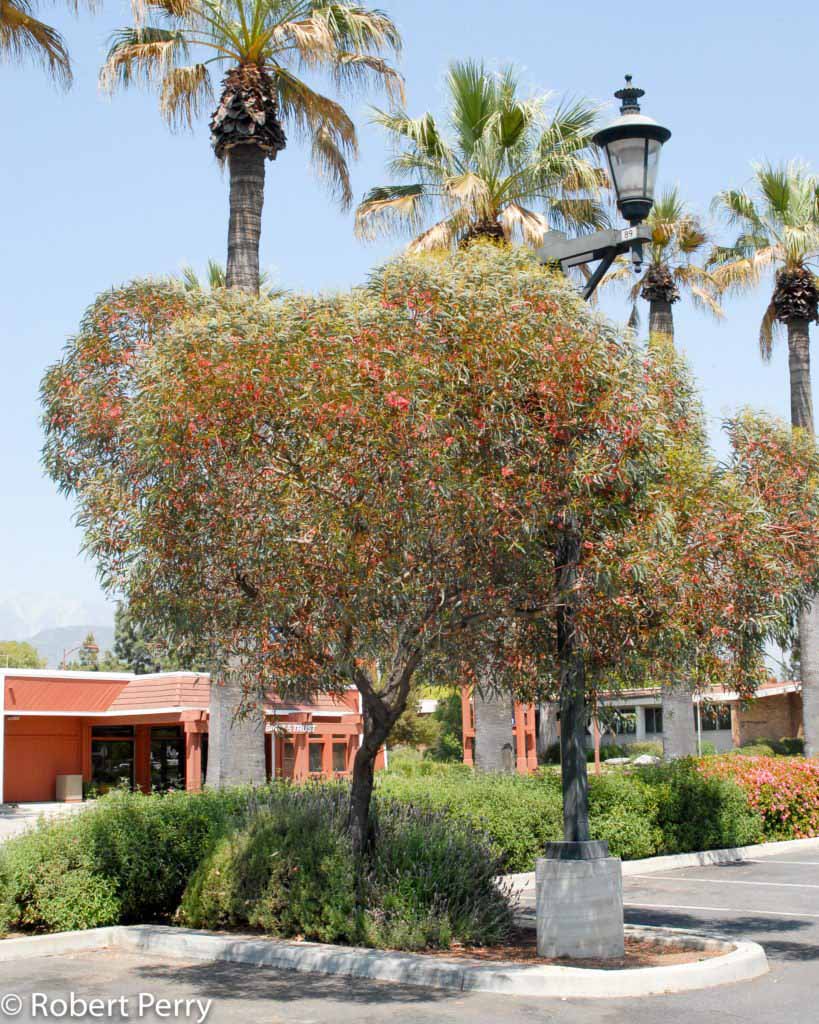Please note:
For most situations, we would not recommend installing this plant in new gardens, landscapes, or plantings in southern California.
This plant profile is included in this site as a reference for two primary reasons:
- If you already have this plant in your landscape, this information can be used to know how to care for it.
- If you already have this plant in your landscape, you can use this information to learn which of our recommended plants have the same recommended watering needs, making them potential choices for grouping together if you will be adding new plants to the existing area.
In general, instead of this plant, we recommend planting appropriate California native plants whenever possible.
In addition to their beauty, California native plants offer the most additional benefits beyond just low water use, including habitat for the birds, butterflies, and pollinators who evolved here with them. This adds value and beauty in your landscape beyond just a pretty plant, allowing the landscape to actively contribute to the environment instead of just using less water. You can find our top recommended native plant choices on our Plant Finder by selecting “California Native” and learn more about California native plants here.
Depending on the size of tree needed for the space and look desired, our top recommended plants to use instead of this species include desert willow, pink chiral-a, engelman oak, coast live oak, toyon, and Catalina island cherry.
To learn what exactly California native plants are and how they are different from other low water plants, visit this link.
For visual interest or other reasons, some people may also want to mix in other non-native low-water demanding plant choices even though they do not have the same ecological value as native plants. For that reason, we feature a number of non-native waterwise selections on this site as well. However, we see native plants as the best “go to” for most landscape or garden choices! We encourage people to consider planting at least 50% of their landscape to native plants. See our Garden Designs section or visit our Waterwise Demonstration Garden in Montclair for plenty of inspiration.
————————————————————————————————————————————————
The Coral gum eucalyptus is small to medium size evergreen tree with a round crown, slowly growing 20-35 ft. tall, spreading as wide. Trunks are covered with rough brown persistent bark. Leaves are 2-6 in. long, pointed and pale green. Pink to rose colored flowers occur in large numbers in summer for a short time.
Native to the coast of western Australia, the Coral gum grows in low elevations on stony slopes and hills. Soils are typically well-drained loams that are slightly alkaline. In cultivation in the Inland Empire, this species has shown tolerance to sand and clay soils.
This species needs careful staking and pruning when young to train as an upright tree.




